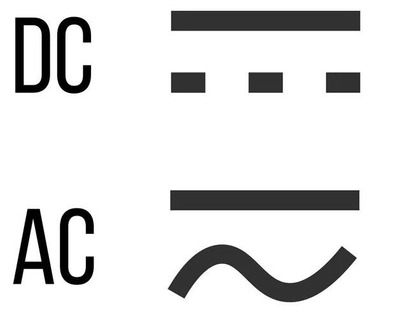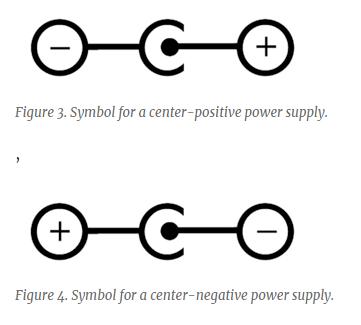First post, by Hamby
- Rank
- Member
So the Compaq Presario 1610 laptop I bought didn't have a power supply (teach me to read more carefully)
It arrived today.
According to the info on the bottom of the laptop, it takes 18.6v, 2.8a DC.. and then next to that is a straight line with 3 dashed lines under it. I'm guessing this is to designate polarity? If so, does it mean center positive, or center negative?
The nearest I can find is on Amazon; it's 18.5v, 3.5a... I'm assuming this will fry the laptop, because of the high amperage?
https://www.amazon.com/Adapter-Charger-Supply … 60343144&sr=8-5
Any advice would be welcome; gonna sit it on a shelf til I can find a power supply for it.

